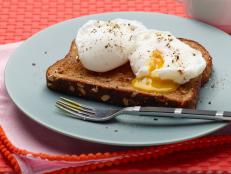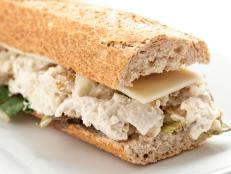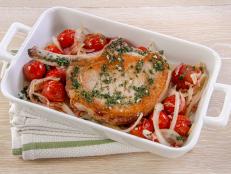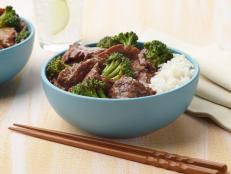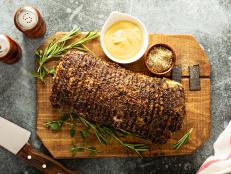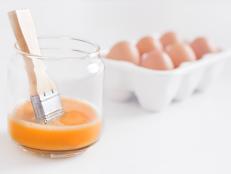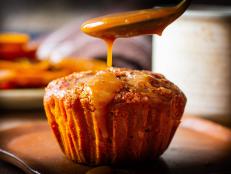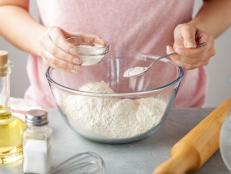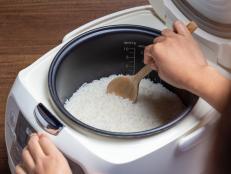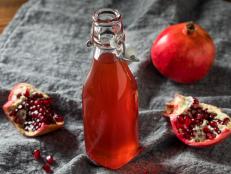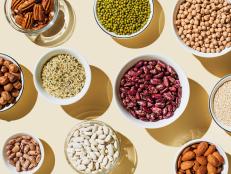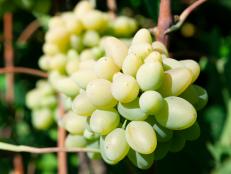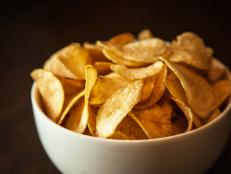Ham Guide and Recipes
Buying and preparing ham
The ham is the hind leg of the pig. It is called a ham whether it is fresh or cured. The majority of hams you'll find in the stores are, however, cured.
Fresh hams are good roasted, braised or stewed, but keep in mind that they are less forgiving than shoulder because the ham is leaner. Pork should be pink to pale red in color with white fat. Avoid pork that looks dry, shows dark spots on either the meat or the fat, or is sitting in liquid. A little marbling (veins of intramuscular fat that run through the meat) is a good thing if you can find it —marbling means juicy meat.
Pork will spoil within about three days, so cook and eat it fairly quickly after purchase. If it develops a smell or feels sticky to the touch, it is no longer fresh and should be thrown away.
Recipes
- Roasted Fresh Ham with Cider Glaze
- Fresh Baked Ham with Whisky and Cola Glaze
- Fresh Ham with Tuscan Bread Stuffing
Cured hams are the hind legs of the pig that have been cured in salt, which is a method of preserving meats, and may or may not be smoked. Hams are either wet- or dry-cured.
Dry-cured hams are made by rubbing the ham with salt and allowing it to cure for a period of weeks, after which time it may or may not be smoked, and then aged. Italian prosciutto, serrano ham from Spain and Bayonne ham from France are examples of dry-cured, unsmoked hams. They are sliced thin and eaten raw.
Country hams produced in the southern part of the United States, such as Smithfield hams, are dry-cured and smoked. They have a robust flavor and are quite salty. They may be eaten raw, sliced very thin like prosciutto, or cooked, which includes soaking first to remove some of the salt, poaching and then baking. A small amount of these hams added to other dishes is also a great way to add instant, smoky pork flavor.
Wet-cured hams are traditionally made by immersing the ham in a brine of salt, water, sugar and spices for a period of time, and then smoking the ham. These days, brining is accomplished more rapidly by injecting the brine directly into the ham. These hams are sold fully cooked and are labeled "ham with natural juices" or "water added." The added ingredients (water, salt, sodium phosphates, lodium lactate, potassium lactate, sodium diacetate and various seasonings) can add seven to 15 percent extra weight to the enhanced ham. They require just a glaze and baking to warm them through.
You can buy hams in a variety of shapes and sizes. There's a whole, bone-in ham, of course, or, if you don't want something so large, you may buy half a ham: the rounded, upper part of the leg, is called the "butt end" or sirloin, or the lower part is called the "shank end." Many people prefer the shank end because it is easier to carve. Hams are also sold boneless — whole, or cut into pieces.
Recipes
























